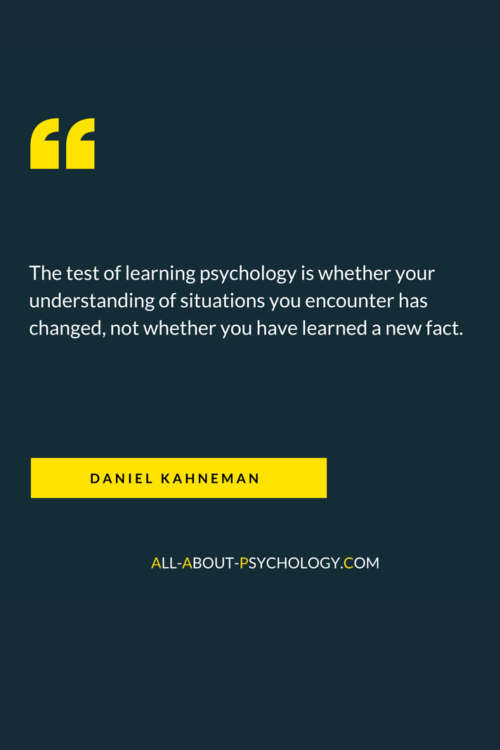Historically, the Middle East was interpreted and categorized by traditional historians as part of “Western” civilization until about 9/11. That means that ancient Mesopotamia – with its famous early cities of Ur, Sumer, and Babylon, and later empires such as the Babylonian and Assyrian – was seen as part of the arc of history which would eventually produce ancient Athens, then the Roman Empire, and eventually today’s European countries. And history books on religion written before 2000 by Western writers will refer to Islam, Christianity and Judaism as Western religions and Western societies. This is in contrast to Taoism, Buddhism, and Hinduism which are Eastern religions, emerging from Eastern societies.
After 9/11 a big movement emerged in much of Europe and the United States among conservatives to interpret Islam as Eastern and all Islamic countries as Eastern. Ancient Mesopotamia got re-classified as part of the arc of Eastern history along the way.
Among non-conservatives, the Middle East is also categorized differently but for different reasons. Rather than recategorizing what is Western or Eastern, “western” is more critically examined as a term. Instead of ancient civilizations being lumped into “western” and “eastern” you are more likely to see (non-conservative) historians questioning “who is ‘western’” “what is 'western’” and “who is defining those terms and why do they care.”

